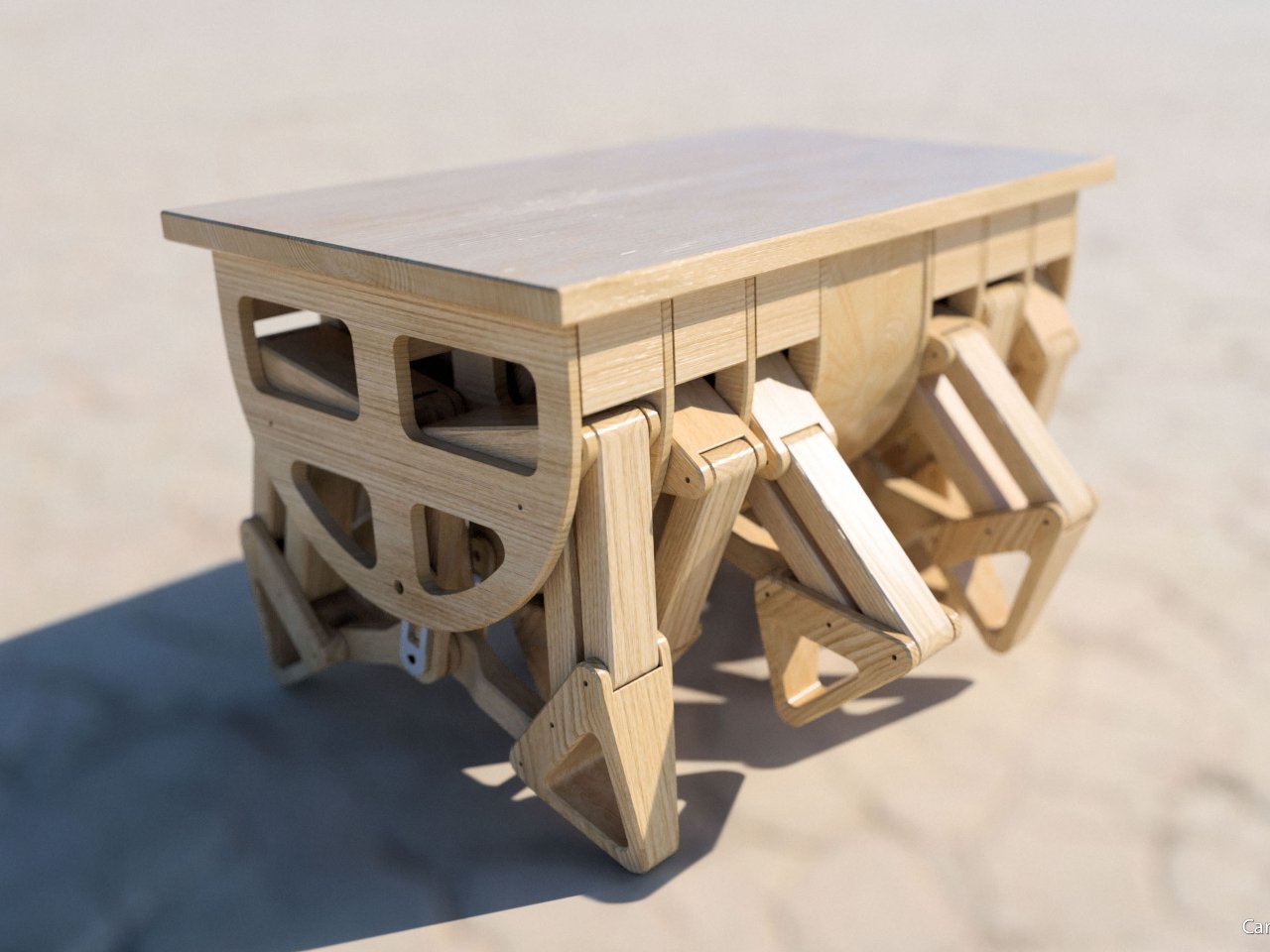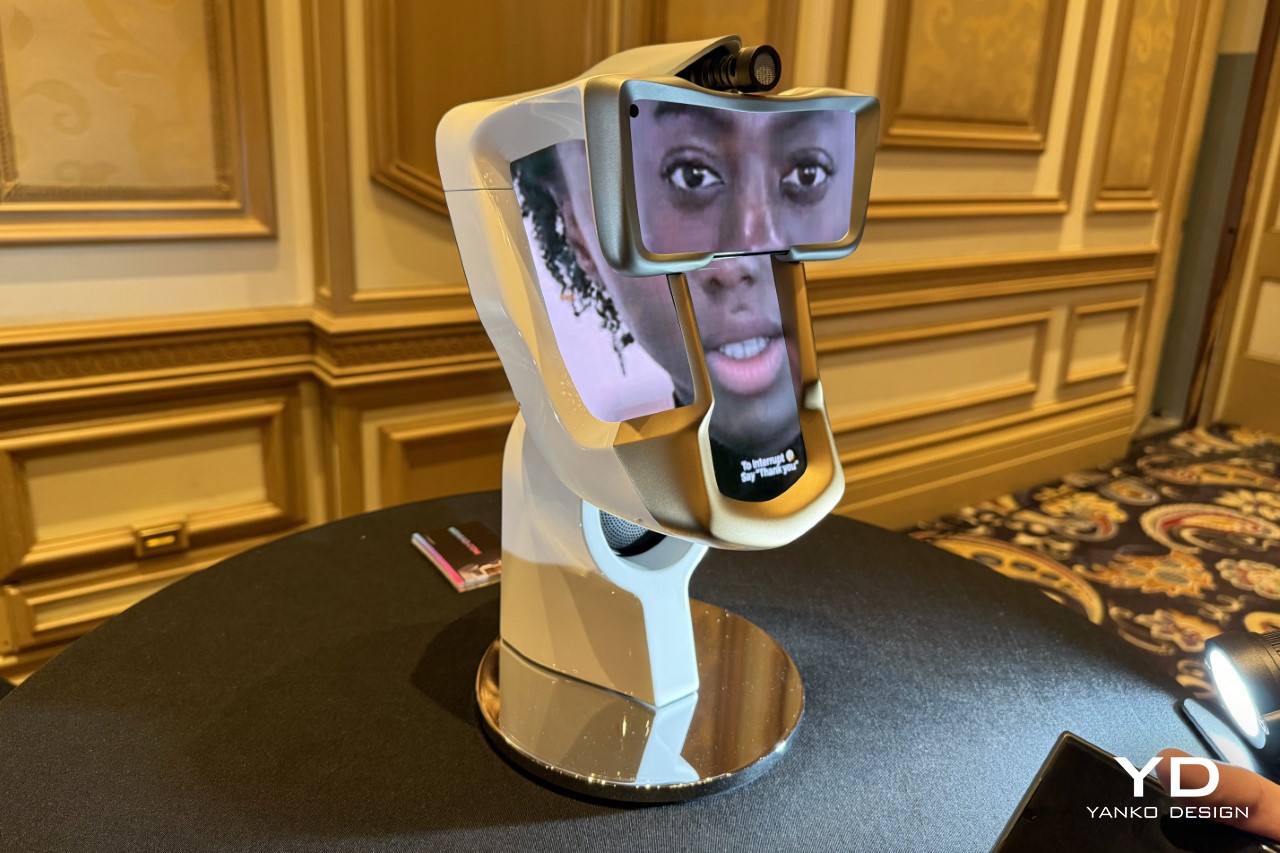
Narwal introduced its latest robotic vacuum and mop, the Freo Z Ultra, at IFA 2024. This new device brings advanced cleaning technology to homes, offering intelligent features for thorough and efficient cleaning. It uses the TwinAI Dodge Obstacle Avoidance system, allowing it to navigate around objects precisely and recognize over 120 household items in real-time. Whether furniture, cables, or pet waste, the robot efficiently avoids obstacles while cleaning all areas.

Designer: Narwal
The design is clean and minimal, with curves that allow it to blend into various home environments. The key feature of the Freo Z Ultra is its dual RGB camera system, which captures up to 1.5 million data points per second. This wide-angle system enhances the robot’s ability to recognize objects and move through spaces without making contact. The high-definition cameras provide detailed visuals, ensuring they can adjust to different surroundings and avoid even small objects.

A significant part of the Freo Z Ultra’s functionality lies in its AI DirtSense 2.0 technology. This system automatically identifies the type of mess it encounters and adapts its cleaning method accordingly. For example, the vacuum first handles dry messes like dust or crumbs with its 12,000 Pa suction. Afterward, it switches to mopping mode to clean up liquid spills, ensuring no dirt is left behind. Separating dry and wet cleaning avoids contamination and maintains a high standard of cleanliness.

The mop system also uses AI technology to optimize its performance. The AI-Adaptive Hot Water Mop Washing system adjusts the water temperature between 113°F and 167°F (45°C and 75°C) based on the type of dirt detected. Regular dirt is cleaned with warm water, while more stubborn grime is addressed with hotter water. After each cleaning session, the system automatically washes and dries the mop, preventing bacteria growth and maintaining mop efficiency.

The Freo Z Ultra quickly maps its environment, creating a detailed 3D model in six minutes. It uses ultrasonic sensors and RGB cameras to navigate various surfaces, including corners and edges. The Smart EdgeSwing technology allows the robot to easily clean along walls and baseboards, ensuring no area is missed during the cleaning process, even in tight spaces.

The robot integrates with popular smart home systems like Alexa, Google Home, and Siri. Users can control the vacuum through voice commands or manage its settings via the Narwal app. The app allows users to customize cleaning schedules, set no-go zones, and remotely monitor the vacuum’s progress. This makes the Freo Z Ultra a versatile tool for households that value convenience and ease of use.
Privacy is another key aspect of the Freo Z Ultra. The robot operates with TÜV Rheinland Privacy Certification, ensuring that all user data remains secure. The robot’s storage and computation functions are kept offline, and any camera use requires user permission. This provides peace of mind for users concerned about data security in their homes.

Pet owners will appreciate the Freo Z Ultra’s pet-friendly features. The vacuum can detect and avoid pets as they move around the house, preventing accidental disturbances. It can also delay cleaning in areas where pets are resting, resuming once the space is free of animals. This ensures pet fur and messes are cleaned effectively without stressing pets or requiring human intervention.

The robot’s Zero Tangling Floating Brush 2.0 is designed to handle hair without tangling. This brush system sweeps 4,400 times per minute, capturing pet hair and debris without causing blockages. Additionally, the robot operates at a noise level of 71 dB, significantly reducing disturbances during its cleaning cycles. This low-noise feature makes it suitable for homes with pets or small children.

The Freo Z Ultra’s self-emptying station simplifies maintenance. The base station can hold up to 120 days’ worth of debris, reducing the need for frequent emptying. It uses hot air at 113°F to dry the collected debris, preventing bacteria buildup and maintaining a hygienic environment. The station also self-cleans and dries the mop after every use, keeping the entire system ready for the next cleaning session without user intervention.

The Freo Z Ultra adapts its cleaning approach based on the surface type. Hardwood floors use less downward pressure to avoid damage. On ceramic tiles, it increases the pressure to ensure a deep clean. The mop’s moisture level is also adjusted to suit the cleaning surface, providing optimal performance on both wood and tile. Carpets are handled with care, as the robot can automatically lift the mop when it detects carpeted areas, allowing it to vacuum the surface without interference.
The device’s powerful 12,000 Pa suction ensures that even deep-set dirt is removed from carpets and other surfaces. Users can enable Power Boost mode through the Narwal app to enhance suction when needed. This allows the Freo Z Ultra to adapt to different cleaning needs, whether tackling high-traffic areas or maintaining delicate surfaces.

Narwal’s Freo Z Ultra offers a comprehensive cleaning solution for homes of all sizes, bringing together advanced AI, privacy protections, and smart home integration. Its ability to adapt to various floor types, combined with features designed for pet owners, makes it a highly versatile tool for maintaining cleanliness with minimal effort. The robot’s low-maintenance design and intelligent cleaning systems ensure a hassle-free experience for users looking to automate their floor care routine.
The post Narwal Unveils Freo Z Ultra at IFA 2024, Showcasing Advanced Robotic Cleaning Technology first appeared on Yanko Design.













































